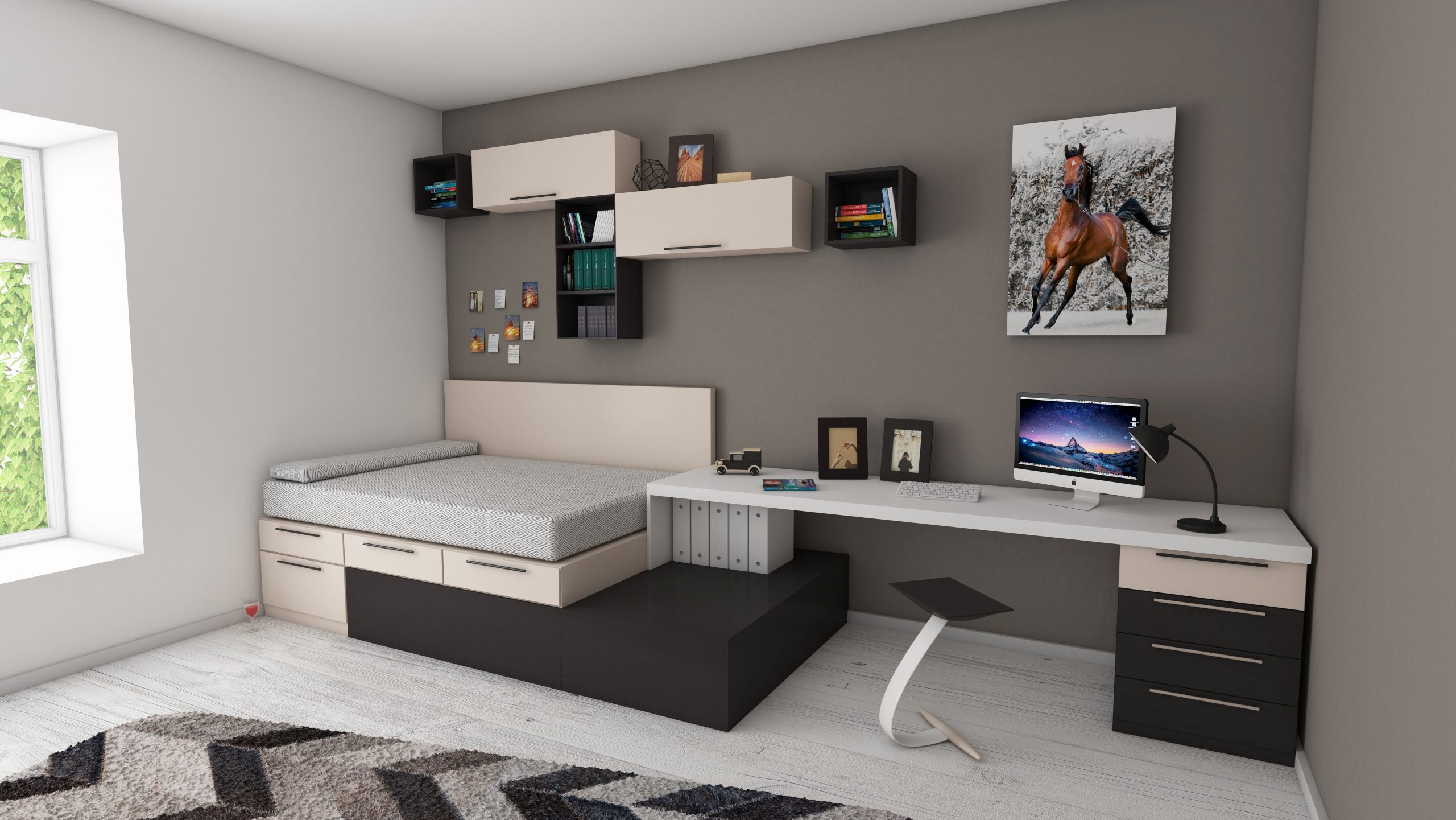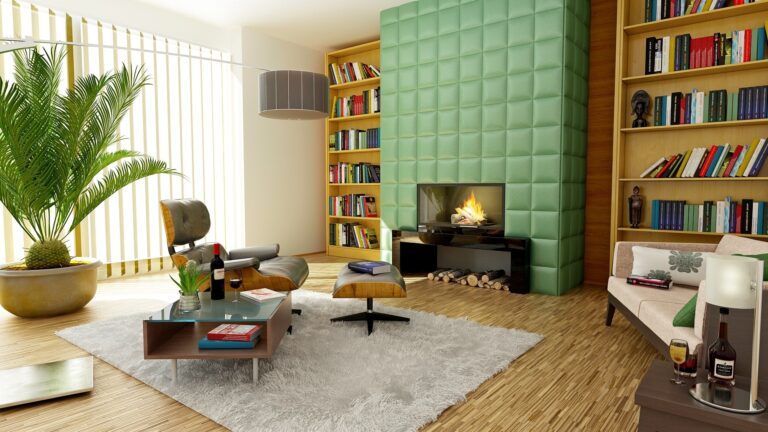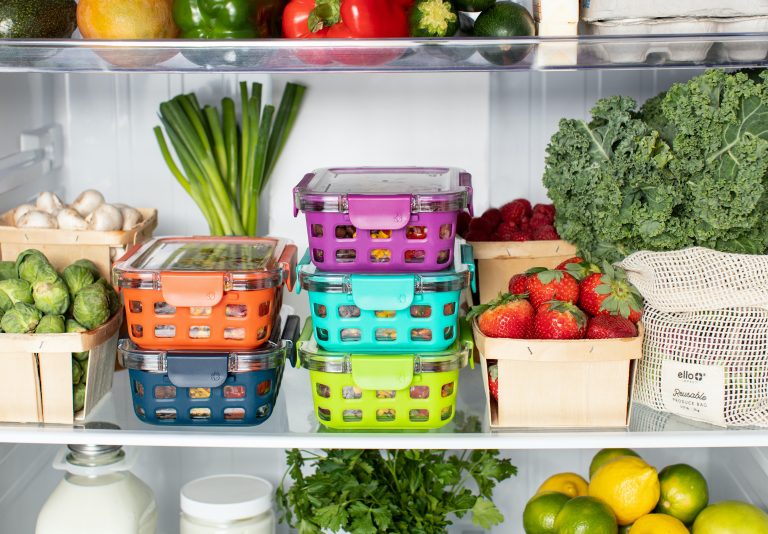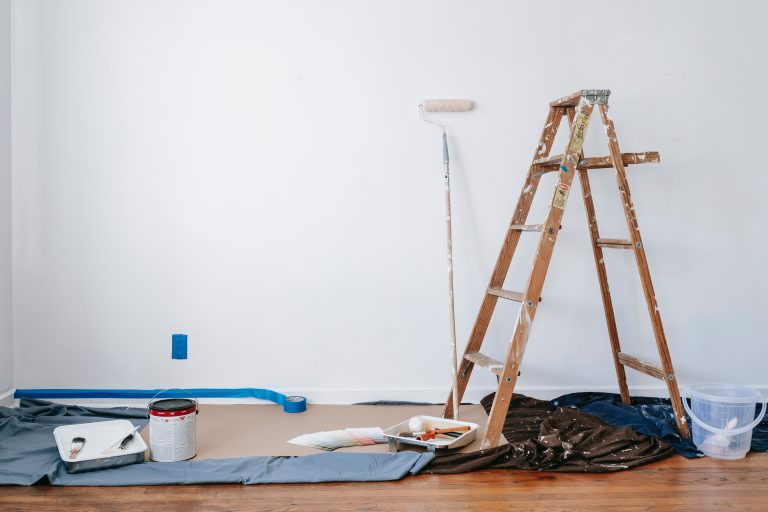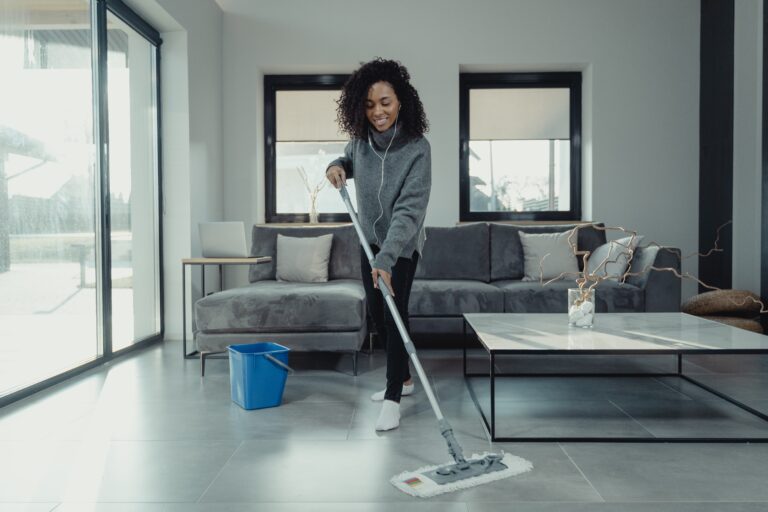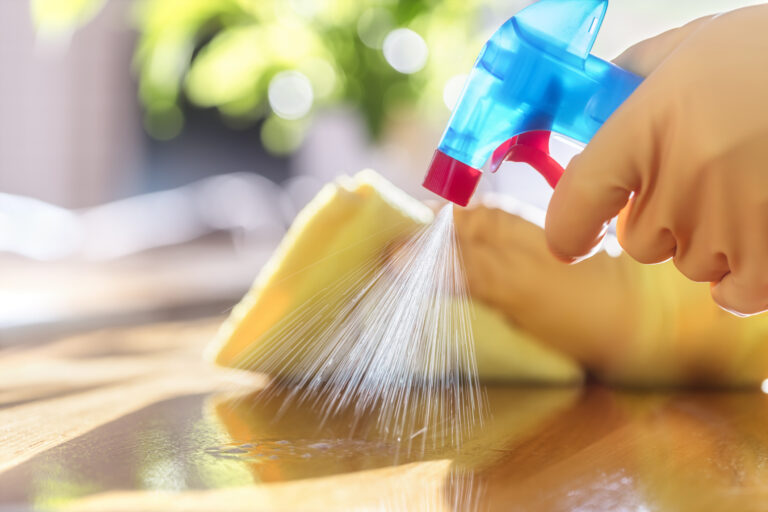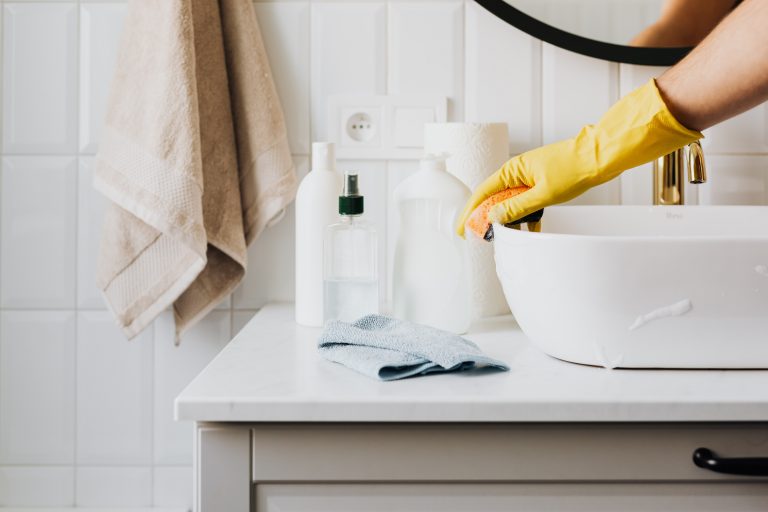8 Minimalist Living Tips
Practicing minimalism is an ongoing process. It entails intentionally limiting one’s possessions to only those items that are necessary. It is having fewer material possessions so that you can do more with your time and life.
When you think of a minimalist home, you might imagine white, open spaces and bare walls — but the truth is that everyone can practice minimalism in their way.
Now that we have a basic understanding of minimalism, let’s take a look at some simple steps to living a minimalist lifestyle!
Quantity vs Quality
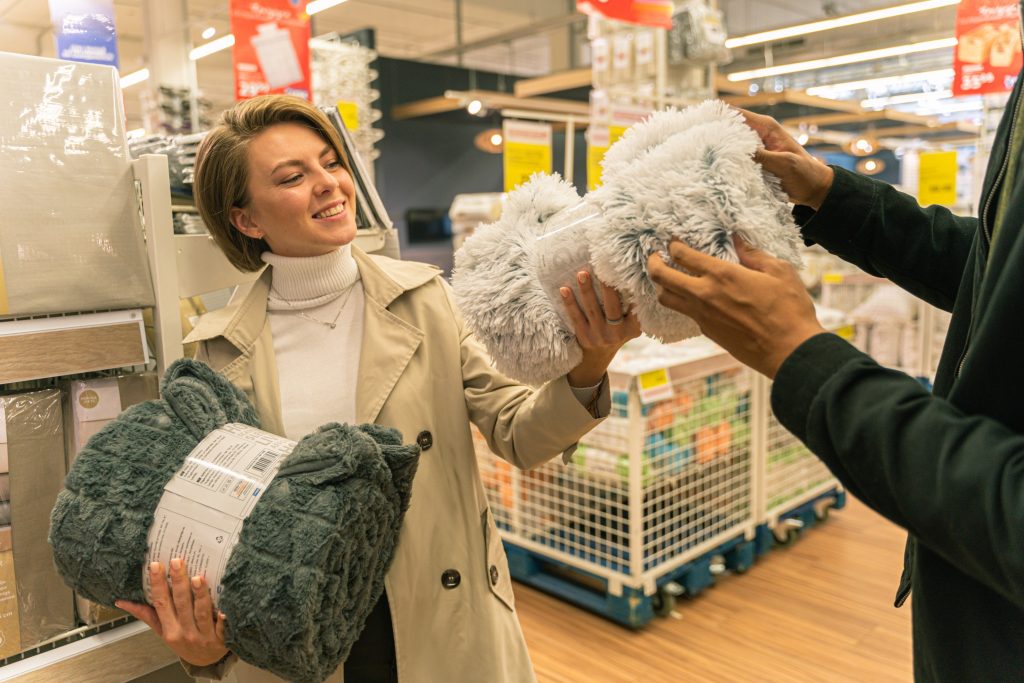
Many of us may have too much stuff, and may even be spending too much on unnecessary purchases. Always consider quantity versus quality when making a buying decision.
Quantity implies that you’re purchasing something because it’s inexpensive or replaceable, and you can get a lot for a little money. Quality indicates that you are purchasing something that will likely cost more initially but will last much longer.
To us, minimalism entails making a long-term investment in great goods and keeping them for a long time.
One-Time Use Items
Buying something for one specific purpose can end up not only costing you money, but you also have to store something that you don’t use very often.
It’s that “Maybe one day I’ll need that thing” syndrome, and realistically you never end up using it and it just clutters up your space.
One In, One Out
You’re surely aware of the 1-in-1-out rule, which states that whenever you bring something new into the house, you must discard one item. You’re doing a one-for-one replacement, which means you’ll end up with no extra clutter.
However, if you truly want to limit the quantity of stuff you have at home and live a more minimalist lifestyle, you can develop a 1-in-2-out minimalist rule. A new book means getting rid of two old ones. One pair of jeans replaces two old ones.
What an excellent idea! It pushes you to consider before bringing something into the house, and everything you bring in has to be good.
Get Rid of Duplicates
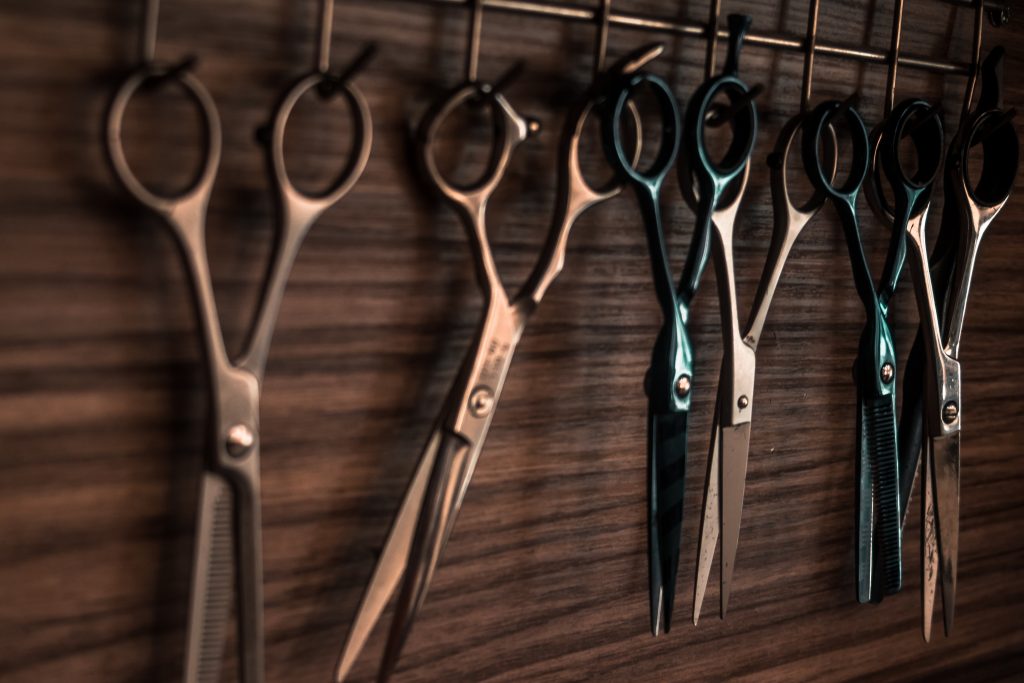
The more items you have in doubles, triples, and quadruples, the more clutter you will have to deal with. Duplicates and extras are common, so try to centralize everything and get rid of the ones that aren’t so great.
Consider wine and bottle openers, scissors, pens, screwdrivers, and other similar items. If you have duplicates, choose the best and get rid of the rest!
The 6 Second Rule
The 5-second rule is well-known, but there is now a 6-second rule for minimalist living. “Do I need this?” ask yourself as you pick up an item. Is this something I should use? Do I love this?”
If you can’t respond yes to any of those questions after 6 seconds, you probably don’t need that item. When you shop with a purpose, you don’t end up buying things you don’t need. Ask yourself, “Will this benefit me and my home?”
Your Hobby Life!
We sometimes pursue hobbies that require the obtaining of items, supplies, or equipment. Keeping such items for years will not help you achieve your minimalist goal! This is not limited to sports equipment; consider musical instruments, crafting hobbies, scuba diving, or even board games.
There are so many hobbies that require large and/or expensive equipment that we don’t want to give up. We have the best of intentions, but we never use it, and its minimalism despises clutter.
Shop Critically
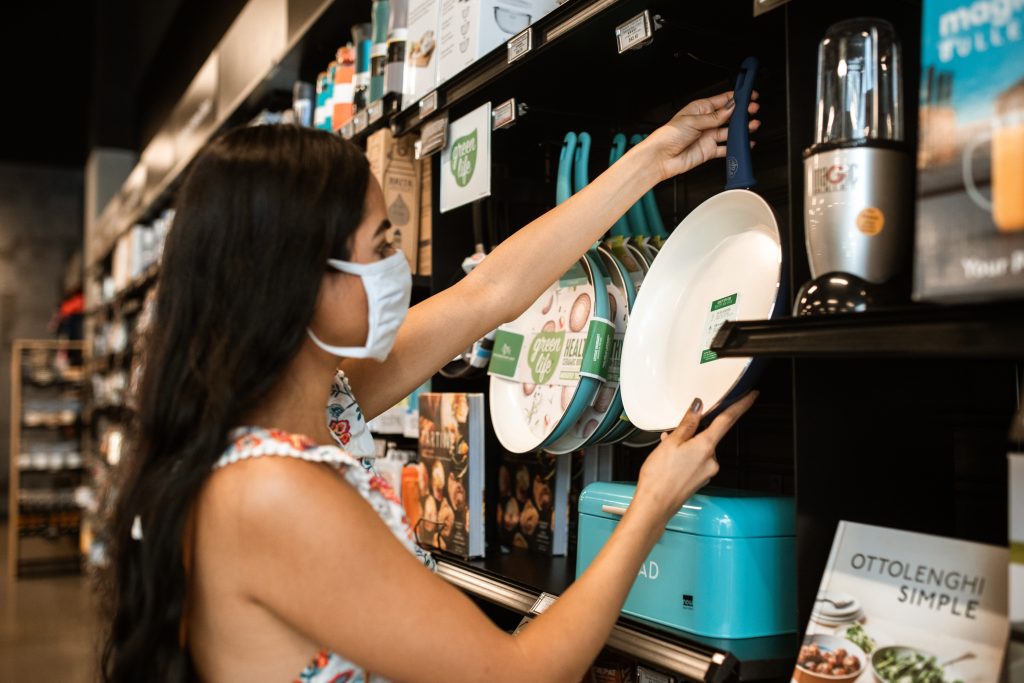
If you want to begin living with less, you must first bring less into your home. So, while you’re out there picking up items, we know it’s easy to get caught up in a sale or a combo pack.
But take a moment to think about what you’re bringing into your home. Ask yourself, “Do you need all of that stuff?” “Are you buying this because you need it, because you like it, or because it’s on sale?”.
You may realize and say “I actually don’t need this”, and just put the thing down. That extra second of critical thought can make all the difference.
Be grateful for what you have
Minimalist living is primarily concerned with the search for contentment, and contentment begins with gratitude for what you have.
Focus on the beauty, convenience, and ease that your belongings bring to your life, whether it’s a painting that makes you happy or a clock that helps you get started in the morning.
When you are grateful for everything you have, the desire to acquire more gradually fades.
Here’s one of the most important aspects of minimalist living: If you’re thinking about starting to live more simply in your home, think about why you’re doing it – whether it’s to save money or to spend more time with your family. This is especially significant because minimalist living is ultimately about living a more intentional and purposeful life.
Just as Joshua Becker, the blogger behind Becoming Minimalist says, “Minimalism is the intentional promotion of the things we most value and the removal of anything that distracts us from it.”

